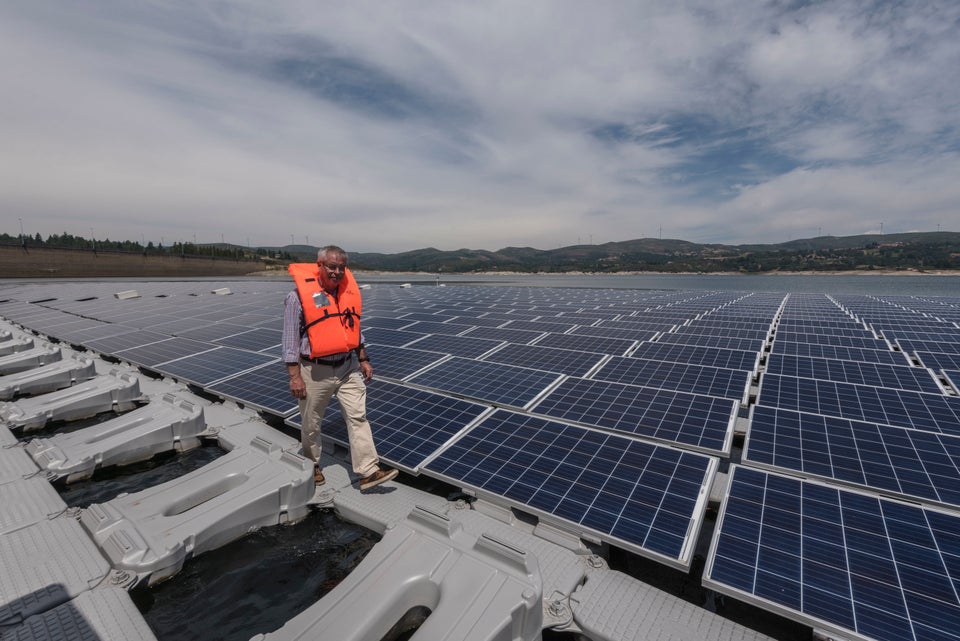Starting in 2020, nearly all new single-family homes and low-rise apartment buildings built in California must have solar power, state authorities ruled Wednesday.
The first-of-its-kind decision by the California Energy Commission puts the state on track to meet its ambitious renewable energy targets and reach its goal of turning energy-using homes into energy producers. By combining the solar panels with other requirements such as better insulation, the updated building code will make new homes net-zero electricity users.
The new requirement will be official after the Energy Commission, whose members voted unanimously for the change, gains the support of the state’s Building Standards Commission.
The change marks a serious shift. Currently, only 15 to 20 percent of new single-family homes built in California come installed with solar panels.
There are some exceptions to the new code, which is updated every three years. Buildings ill-suited for solar, such as ones completely shaded by trees, are exempt, and homes may comply with the new code by tapping into a community solar energy system instead of having their own solar panels installed.
While there is some concern that the new standard will raise the price of homes by $8,000 to $12,000 ― a serious consideration in the state’s already expensive housing market ― advocates for the carbon emissions-cutting change say it will save homeowners money in the long run.
“Between the solar array and the efficiency measures, residents will save roughly $1,000 in annual utility bills, while only paying $40 per month for the measures on a 30-year mortgage, for a net saving of $480 annually at no extra cost upfront when fully financed,” the Natural Resources Defense Council said.
The environmental costs saved are perhaps even more significant, the NRDC said.
“This will prevent 700,000 metric tons of carbon pollution — the equivalent of zeroing out emissions from 115,000 cars.”

